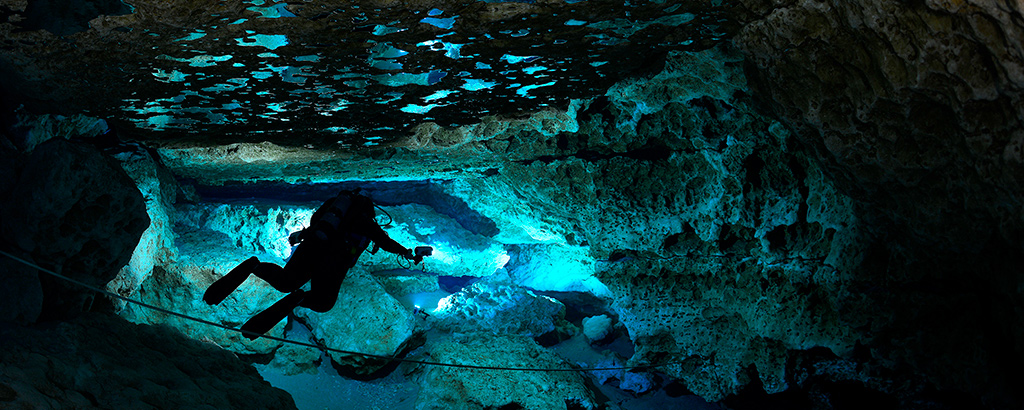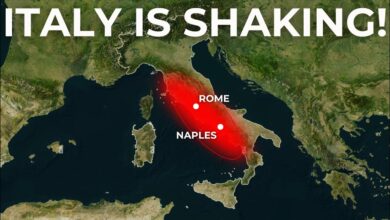The Most DANGEROUS Dive Site In Florida

An analysis of the Eagle’s Nest sinkhole in Florida, USA, shows that this is one of the most dangerous diving sites in the world. From the surface, Eagle’s Nest is just a small pond covered with moss, not much special. But under the water is a giant cave system, with spaces as large as an airplane hangar, creating a special challenge for diving enthusiasts. This is considered the “Everest” of cave diving, attracting many experienced divers around the world.
When going down, divers will encounter a vertical tunnel about 6 feet wide (about 2 meters), leading into a large room called the “ballroom” – a space so dark and vast that it makes divers feel like they are floating in space.
At the bottom of this room is a large pile of debris, where the tunnels leading to different areas begin.
However, as a reminder of the danger, a sign depicting the Grim Reaper standing guard with a scythe warns divers to stop and save their lives, as well as the message that “nothing in this cave is worth dying for.”

The Eagle’s Nest sinkhole has a confirmed depth of 310 feet (95 meters), and since 1981, at least 13 people have died there. Each accident is a testament to the dangers of the site, from problems related to asphyxiation due to high pressure, nitrogen intoxication, to overconfidence.
A typical story on Christmas 2013, a father and son Darrin and Dillon dived to 233 feet (71 meters) without changing the gas used, leading to nitrogen poisoning and oxygen depletion. Both were unable to return to the surface safely and lost their lives in the desperate attempt to escape.
There are also many tragic stories, such as the case of Terri and Larry in 1981 when Terri suddenly lost control and could not breathe, or the case of rescue diver Jim Bentz, who dived down to save Terri but unfortunately lost his life. These deaths show that not only is pressure a threat, but also diving at excessive depths with inappropriate gases.
One of the more recent cases was in July 2018, when a freediver named Said attempted a personal record of 80 feet (24 meters) without using oxygen tanks. Unfortunately, Said did not return and his body was discovered at a depth of 150 feet (46 meters). This demonstrates the danger even for experienced divers who underestimate the difficulty of Eagle’s Nest.








